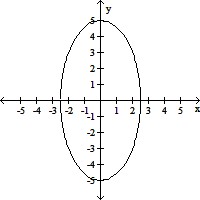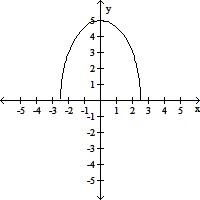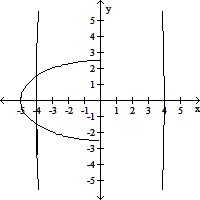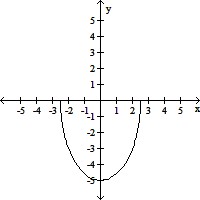Simplify by taking the roots of the numerator and the denominator. Assume all variables represent positive numbers.
A. 
B. 

C. 

D. 
Answer: B
You might also like to view...
Two formulas that approximate the dosage of a drug prescribed for children are: Young's Rule: C =  and Cowling's Rule: C =
and Cowling's Rule: C =  .In each formula, A = the child's age in years, D = an adult dosage, and C = the proper child's dosage. The formulas apply for ages 2 through 13. Use these formulas to solve the problem.Use Cowling's Rule to find the difference in a child's dosage for a 10-year-old child and a 6-year old child. Express the answer as a single rational (or fractional) expression in terms of D.
.In each formula, A = the child's age in years, D = an adult dosage, and C = the proper child's dosage. The formulas apply for ages 2 through 13. Use these formulas to solve the problem.Use Cowling's Rule to find the difference in a child's dosage for a 10-year-old child and a 6-year old child. Express the answer as a single rational (or fractional) expression in terms of D.
A.  D
D
B.  D
D
C.  D
D
D. 4D
Find the quotient  of the complex numbers. Leave answer in polar form.z1 = 5(cos 200° + i sin 200°)z2 = 4(cos 50° + i sin 50°)
of the complex numbers. Leave answer in polar form.z1 = 5(cos 200° + i sin 200°)z2 = 4(cos 50° + i sin 50°)
A.  (cos 250° + i sin 250°)
(cos 250° + i sin 250°)
B.  (cos 150° - i sin 150°)
(cos 150° - i sin 150°)
C.  (sin 150° + i cos 150°)
(sin 150° + i cos 150°)
D.  (cos 150° + i sin 150°)
(cos 150° + i sin 150°)
Solve the compound inequality and write the solution set using set-builder notation. Graph the solution set using a number line.2 - 2x ? 10 or 3x - 3 ? 9![]()
A. {x }
}![]()
B. {x }
}![]()
C. {x }
}![]()
D. {x or x ? 4}
or x ? 4}![]()
Graph the function.y = - 

A. 
B. 
C. 
D. 